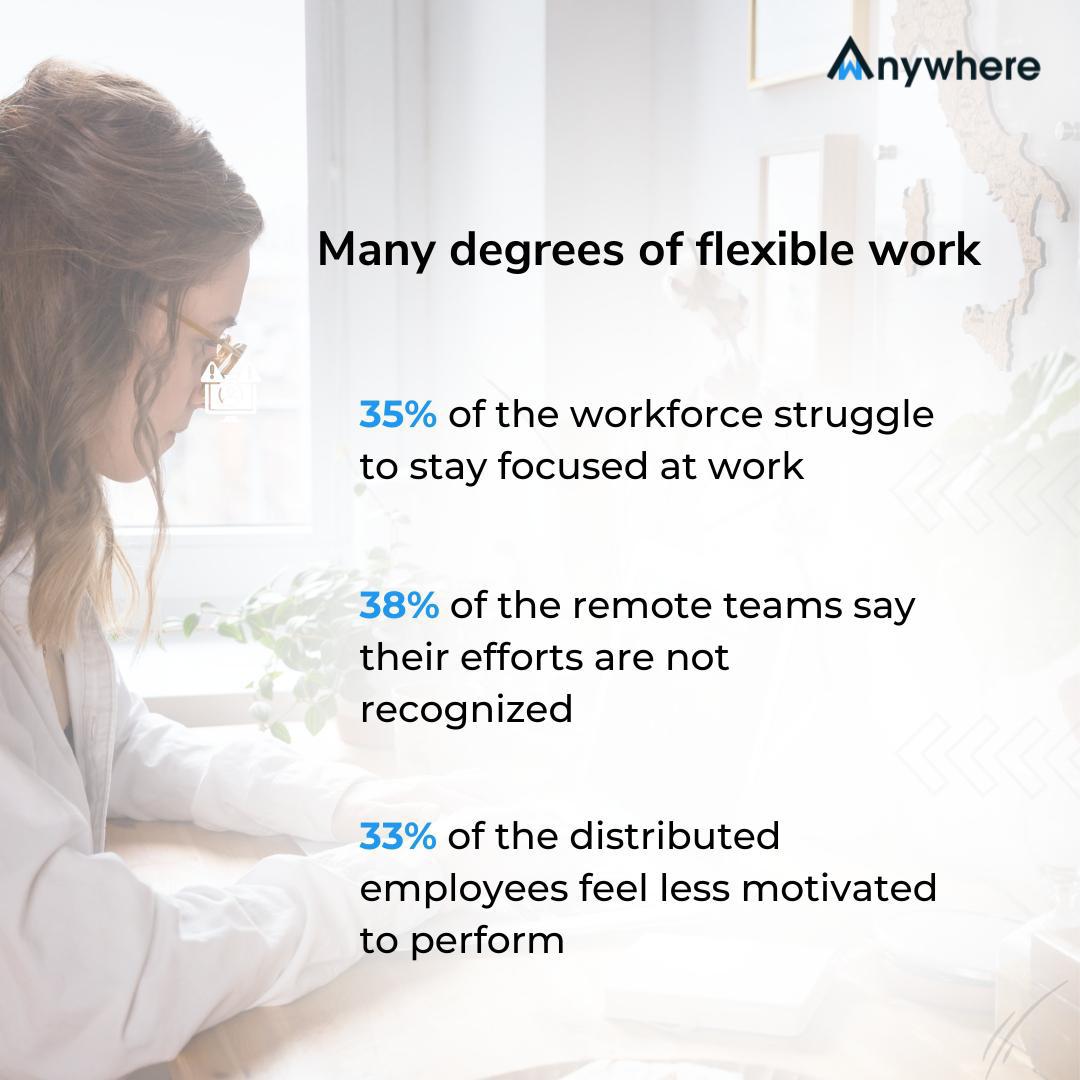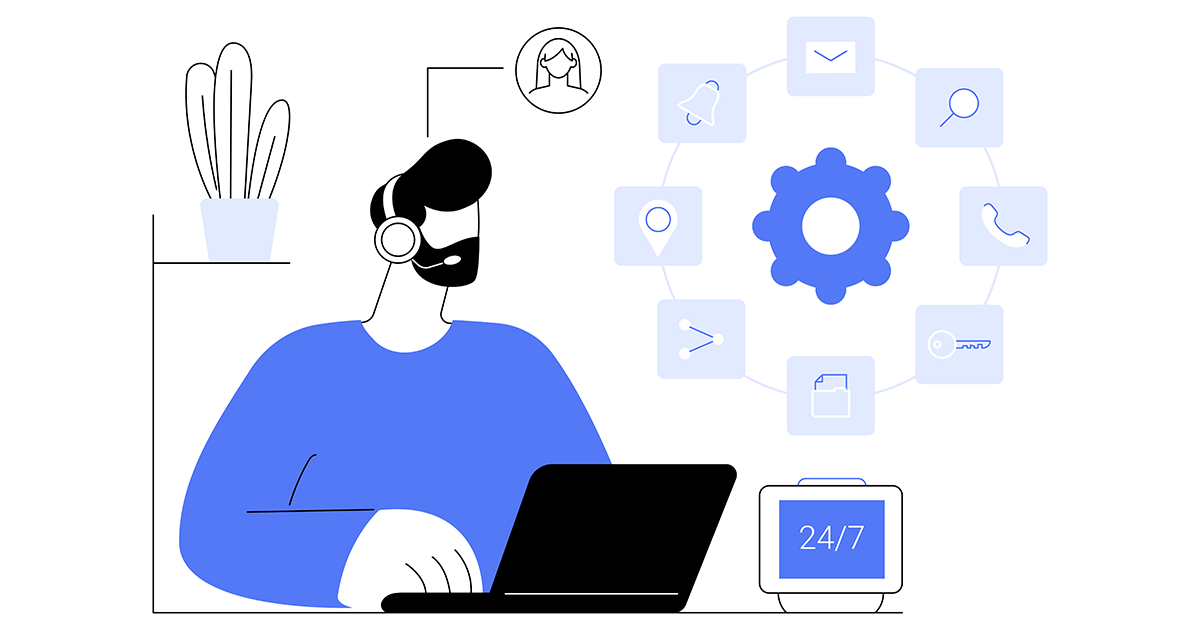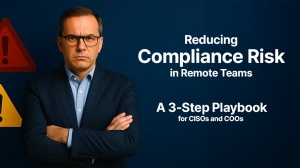Flexible work brings multiple benefits but demands managing time and efficiency for remote teams operating distributed across locations. With 51% of the remote workforce experiencing disengagement at work, organizations need to stay in sync with how teams work and what efficiency they gain.
Table of Contents
With 98% of employees wanting to work remotely, flexible work is growing in popularity. Organizations operating with remote teams get positive responses from their workforces, as 68% find flexible work beneficial in balancing work and life. Along with advantages, organizations are equally experiencing challenges to stay in sync with how teams are doing and what support they need working in distributed environments. Leveraging workforce analytics can enable the concerned organizations to gain the actionable data that matters and align teams to achieve more.

For companies to thrive in flexible work, the solution lies in managing the challenges and enhancing efficiency for remote teams to align their efforts with business goals. As data shows, 47% of the remote workforce struggles on the productivity front – it is essential to support them to be their best efficient.
Why workforce analytics is important
Data holds value and can help businesses uncover trends hidden in the way employees work and its impact on workplace efficiency.
Gain intelligence on employee performance
Accurately measure what work pattern teams follow and what effect it brings to their productivity. The work insights help estimate where they lack and what they need to boost remote work productivity.
Extract inefficiencies at work
Analyze data to find where employee time goes and what activities contribute most to disengagement from work. When you know what employee actions lead to unproductive hours, you can better control them.
Decide on the corrective measures
Get actionable intelligence from data insights and decide on the right measures to help your teams stop deviating from the defined business goals and keep contributing to growth.

How wAnywhere employee monitoring software can help
Add the power of advanced workforce analytics in remote workflows and stay updated with real-time alerts on how teams are doing and what support they need.
Productivity analytics
Identify what time employees spend on what tasks, including – what tasks they do and at what time – what apps and websites they access – what their active and idle hours are – and what their total work hours are – to determine what productivity they achieve and what support, like training or guidance – they need to perform more efficiently.
Workforce utilization
Find out what teams work and for what hours to learn what employees are overutilized or what teams have the capacity to contribute to the work. It helps avoid employee over-engagement and enhances their focus time to deliver more quality work. The data enables you to ensure fair work distribution and save your teams from exhaustion, thus boosting productivity.
Workhour optimization
Analyze employee hours to know when they log into work, what time they spend on what tasks, and when they log out. With accurately measured employee data, you can precisely analyze when teams do productive work and what their activities cause inefficiency. Decide on the corrective actions to align employee hours to help them optimize their time at work.
Maximize productivity for your remote teams
Staying alert on how teams progress and where they can improve is key to thriving in growing work flexibility with more teams operating remotely. Start a free trial to experience wAnywhere today and see how the productivity tool can support your distributed teams to perform efficiently.
What is the importance of workforce analytics and the role of wAnywhere?
Workforce analytics helps you extract the data that matters and enables you to decide how teams are doing and where they can improve. Get help with actionable work insights wAnywhere data analytics provide to align productivity for your distributed teams.
What is the impact of workplace inefficiency, and how can you improve it?
Workplace inefficiencies can impact employee workflows and deviate teams from achieving business goals. You can utilize effective workforce analytics measures to stay in the know about how teams are doing and what support they need to achieve more.











